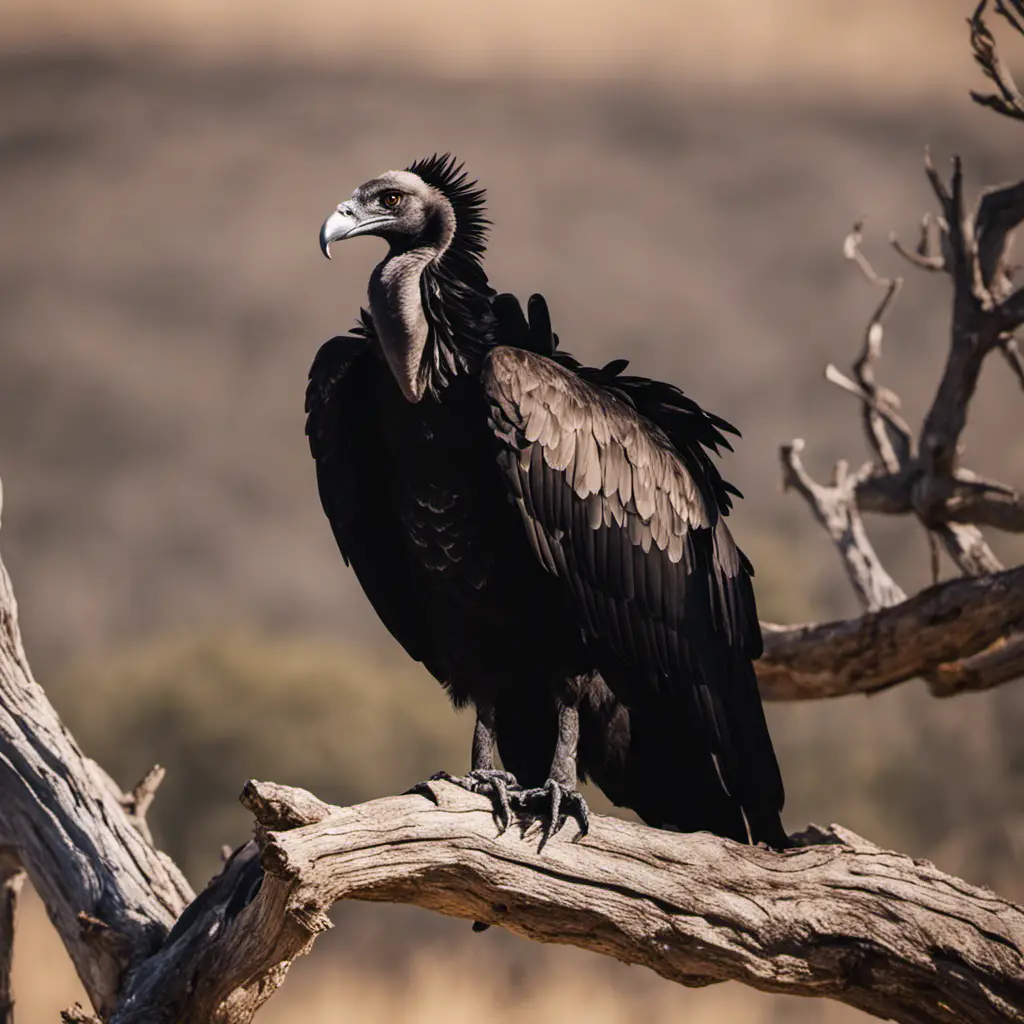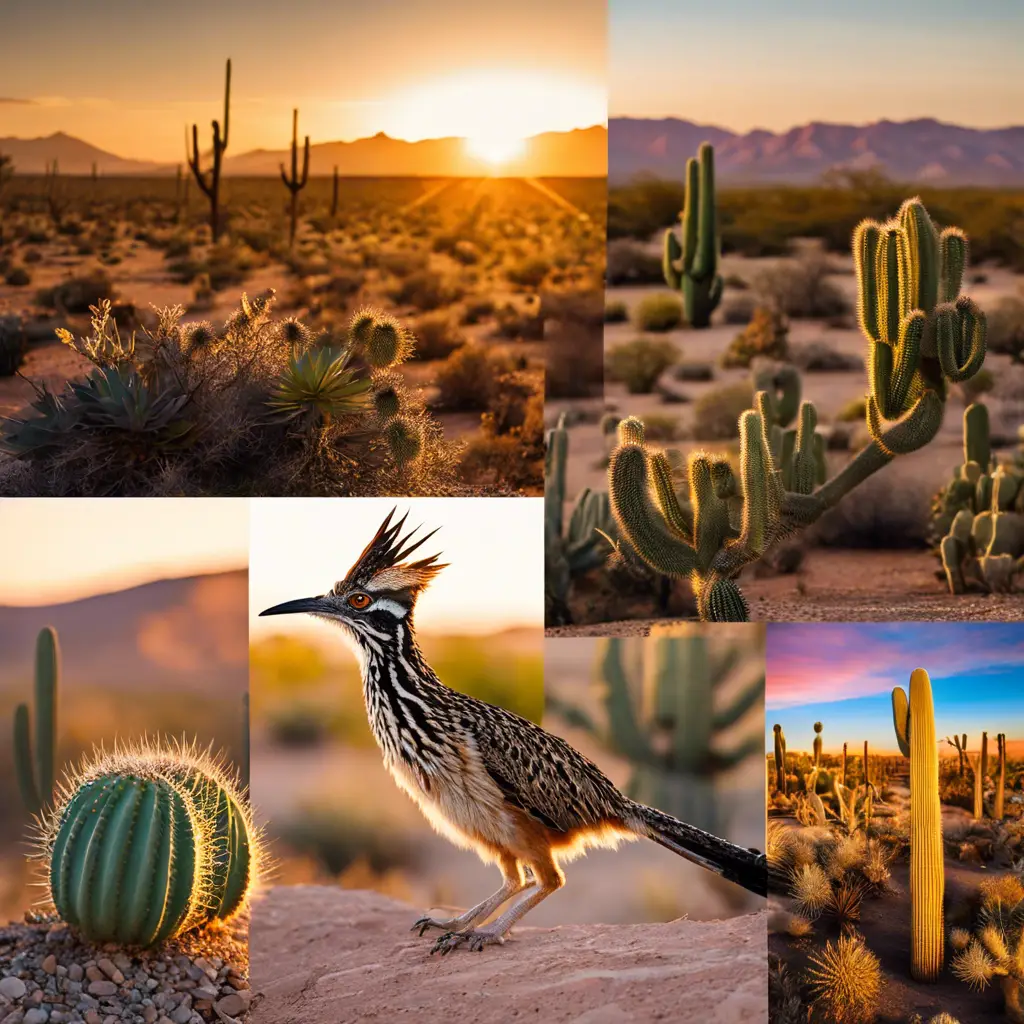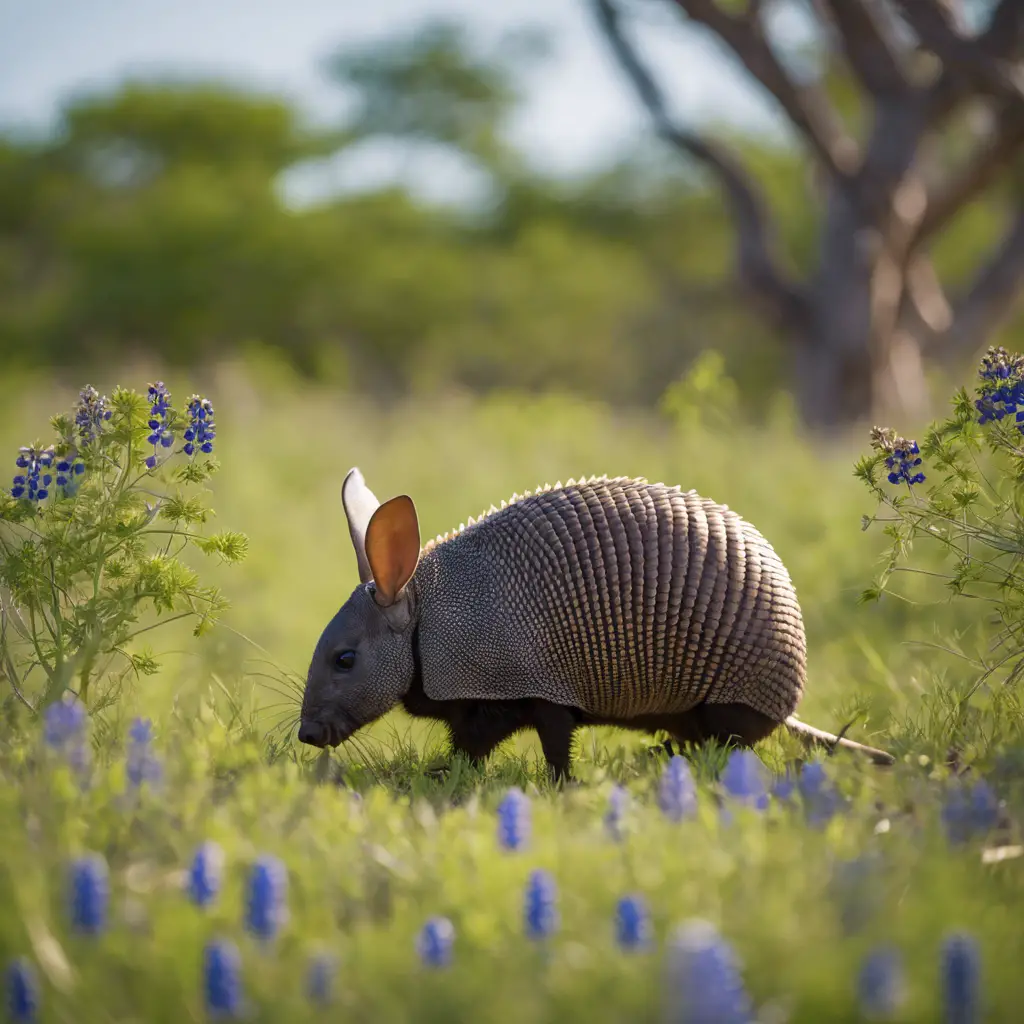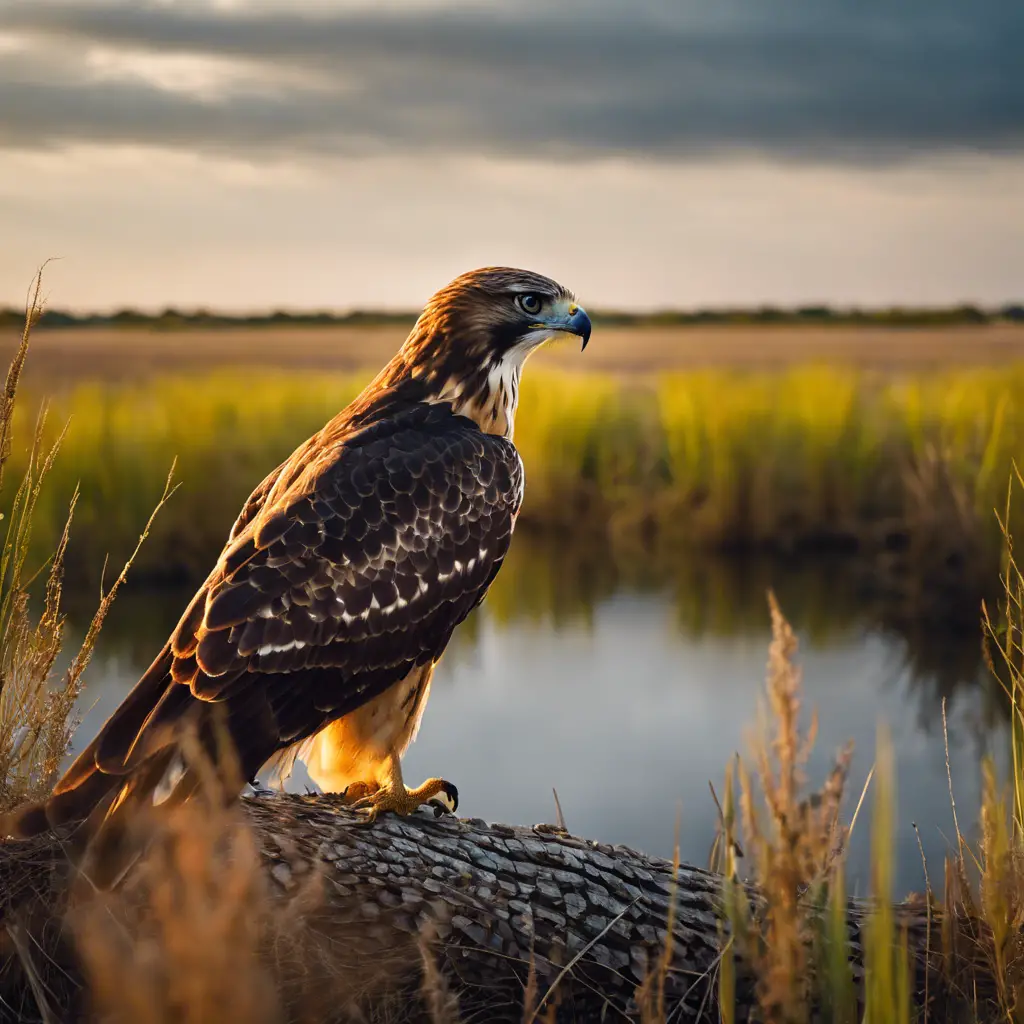Key Takeaways
- Black vultures and turkey vultures are commonly found in Texas.
- Vultures in Texas have adapted well to the harsh environment and use their keen sense of smell to locate carrion.
- Vultures help keep the environment clean by consuming dead animals and preventing the spread of diseases.
- Conservation efforts in Texas focus on protecting vulture nesting sites and reducing threats such as habitat loss and poisoning from toxic substances.
Black vulture

Turkey vulture

Frequently Asked Questions
What Is the Difference Between a Black Vulture and a Turkey Vulture?
Black vultures and turkey vultures differ in appearance, behavior, and diet. Black vultures have black feathers, while turkey vultures have brownish-black feathers. Turkey vultures primarily feed on carrion, while black vultures are more opportunistic and also eat live prey.How Long Do Vultures Typically Live in Texas?
Vultures typically live for about 20-30 years in Texas. Their lifespan varies due to factors like predation, disease, and availability of food. Vultures primarily feed on carrion, playing a crucial role in ecosystem maintenance.Do Vultures Pose Any Threats to Humans or Livestock?
Vultures do pose threats to humans and livestock. They may attack weak or sick animals, and their acidic droppings can damage buildings. However, vulture behavior patterns and conservation efforts aim to mitigate these risks.What Are the Main Habitat Requirements for Vultures in Texas?
Vultures in Texas have specific habitat requirements. They prefer open areas with access to carrion, such as grasslands or forest edges. Conservation efforts are aimed at protecting these habitats to ensure the survival of vultures.How Do Vultures Contribute to the Ecosystem in Texas?
Vultures in Texas, the unsung heroes of the ecosystem, play a crucial role in maintaining a healthy environment. They clean up carrion, preventing the spread of diseases, and help control populations of scavengers, ensuring a balanced ecosystem.Q: What are the types of vultures found in Texas?
A: The two main types of vultures found in Texas are the turkey vulture and the black vulture.Q: What is a vulture?
A: A vulture is a bird of prey known for scavenging and feeding on dead animals.Q: Are there different species of vultures?
A: Yes, there are different species of vultures found around the world.Q: Do vultures have featherless heads?
A: Yes, vultures have featherless heads and necks which helps keep them clean when feeding on carcasses.Q: Where do vultures build their nests?
A: Vultures typically build their nests on tall structures such as cliffs, trees, or even utility poles.Q: What do vultures eat?
A: Vultures primarily eat dead animals, often referred to as carrion.Q: How many vulture species are there in Texas?
A: There are two vulture species commonly found in Texas, the turkey vulture and the black vulture.Q: Can vultures kill animals?
A: While vultures are mainly scavengers, turkey vultures are known to occasionally kill small or sick animals.Q: Are vultures protected by any laws?
A: Yes, vultures are protected by the Migratory Bird Treaty Act, which prohibits harming or disturbing them.Q: Can vultures be seen in Texas?
A: Yes, vultures can often be seen soaring high in the sky or perched on objects such as poles or trees in Texas.Are Vultures Commonly Found in the Same Areas as Crows in Texas?
Vultures and crows can indeed be found coexisting in the same areas in Texas. While vultures are often associated with scavenging rotting carcasses, crows are highly adaptive birds known for their intelligence and varied diet. Texas boasts diverse habitats, attracting both species. Although the American crow and the fish crow are the most common crows in texas, vultures can be spotted alongside them, as they roam the skies searching for food.
Conclusion
In conclusion, the presence of vultures in Texas, specifically the black vulture and turkey vulture, plays a crucial role in the ecosystem. These scavenging birds provide a valuable service by feeding on carrion and preventing the spread of diseases. Their ability to locate decaying carcasses from high altitudes showcases their exceptional vision. Understanding the ecological significance of vultures underscores the importance of their conservation and protection in Texas and beyond.
An avid ornithologist, zoologist and biologist with an unwavering passion for birds and wild animals.
Dr. Wilson’s journey in ornithology began in childhood and led him to obtain a Ph.D. in Ornithology from the prestigious Avian Research Institute. He has worked closely with renowned experts in the field and conducted extensive research and field studies globally.




